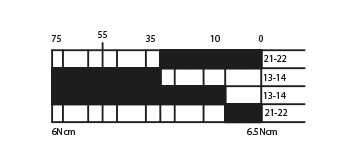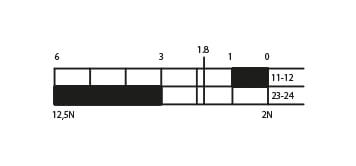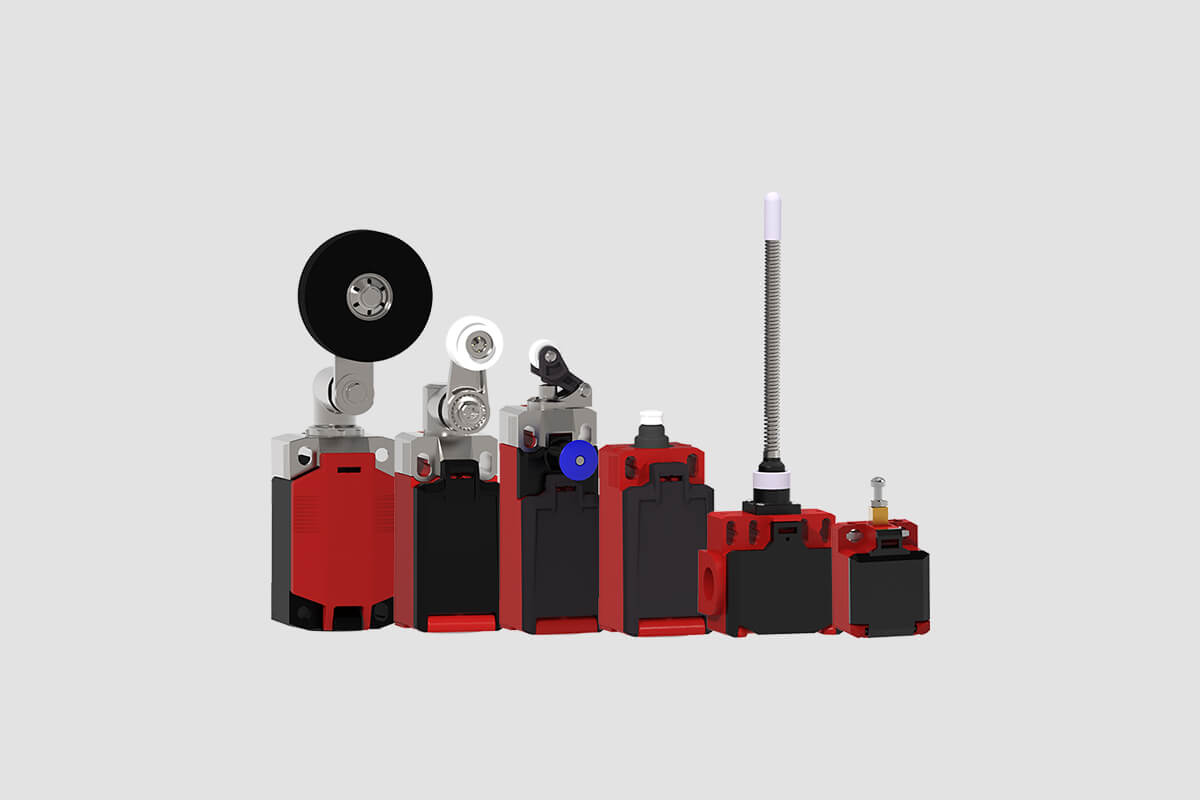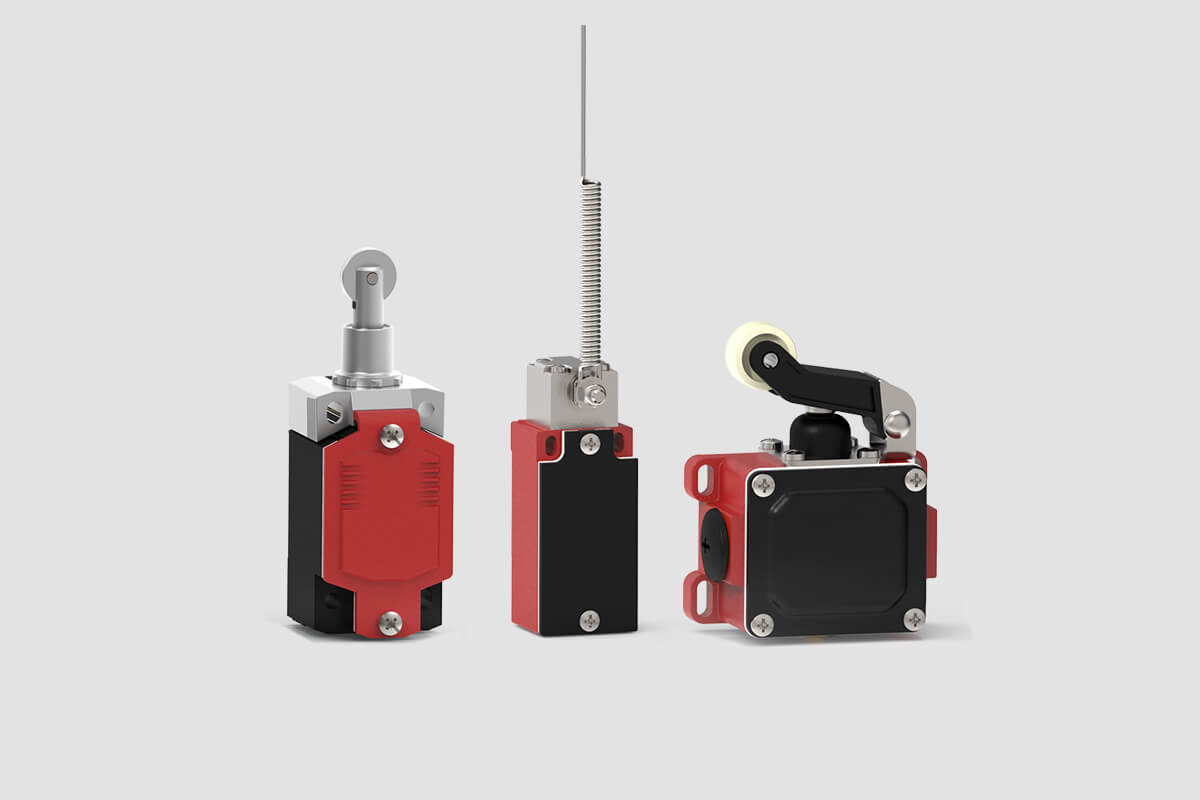Position switches are indispensable in many industrial applications - they perform key tasks in the monitoring, control and safety of machines and systems.
The switching principle is decisive for their area of application. Depending on whether a switch works with snap-action or slow action, its behaviour changes during operation. But what exactly is behind these two terms - and how do they differ?
Topic overview
Snap-action or slow-action - What does this mean?
With position switches, the type of switching mechanism is decisive for how and when an electrical signal is triggered. A basic distinction is made between snap-action and slow-action.
The difference lies in the switching behaviour: While snap-action switches only react when a fixed switching point is reached, slow-action switches start to switch at the slightest movement.
Both variants have specific advantages - depending on the application, one or the other technology may make more sense.
How does a snap-action switch work?
Snap-action switches - or position switches with snap-action - have a precisely defined switching point. The switch therefore does not react continuously, but only switches when a certain position is reached.
This moment is usually audible with a clear click. The decisive factor here is that the speed at which the switch is actuated has no influence on the switching process.
A specific mechanical process takes place inside: when the switch is actuated, a spring is preloaded. As soon as the defined switching point is reached, this tension is released and the switch jumps into its switching position.

How does a slow-action switch work?
In contrast to snap-action switches, slow-action switches do not have a fixed switching point. Instead, the switching process begins immediately upon actuation - the contacts inside therefore react with the first movement of the actuator.
This also means that the switching speed has a direct influence on the switching behaviour. Depending on how quickly or slowly the switch is moved, switching takes place sooner or later.

Snap-action or slow-action - which variant is better suited to my application?
Depending on the area of application, snap-action and slow-action switches have different advantages.
While snap-action switches score with their precise switching point and their independence from the actuation speed, slow-action switches are characterised by their early switching behaviour with a correspondingly early positive opening point.
Snap-action or slow-action - a question of application
Whether snap-action or slow-action - both switching principles have their justification and are used depending on the technical requirements.
If you are looking for clear, repeatable switching behaviour, snap-action switching is the right choice. Slow-action, on the other hand, reacts particularly early - and therefore also ensures a correspondingly early positive opening point. We would be happy to advise you on this and find the right product for your application.

